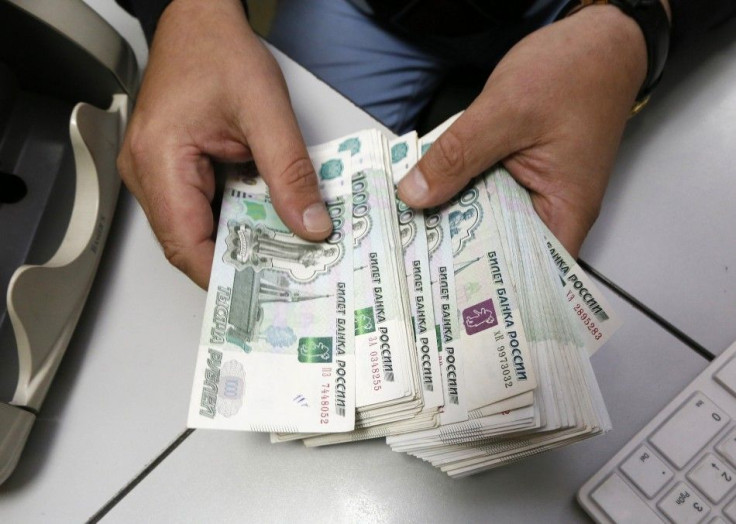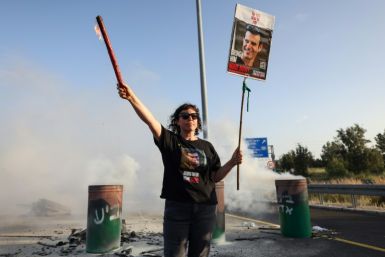Russia May Consider Restrictions On Currency Outflows—Report

Russia will reportedly have to consider restrictions on currency outflow if the current situation continues. Falling oil prices, economic sanctions and a depreciating ruble have impacted the country's economy. The Russian central bank raised key interest rates about a month ago to address the depreciating currency issue.
Economic concerns in Russia are reportedly leading to a flight of capital from the country. According to Bloomberg, the capital outflows from the country increased more than twofold last year. According to the report, a survey of economists revealed the government may have to place currency restrictions if the pace of the capital outflows continues in the same way in 2015.
The Central Bank of Russia has reportedly stated last year's total capital outflows reached a whopping $151.5 billion. This is a substantial increase from the $61 billion net outflow in 2013. All eyes will now be on the figures of 2015 and see if there is a reduction in the pace at which money is leaving the country.
As previously reported by IBT, the oil and currency woes of Russia have led to ratings downgrade of the country by Fitch. The long-term foreign and local currency Issuer Default Ratings of Russia has been downgraded from "BBB" to "BBB-." A major portion of the country's budget depends on oil sales and the private sector is suffering from sanctions that have closed off international capital markets to Russia.
The Central Bank of Russia has reportedly stated the repayment of external debt was a "significant factor" in the increased capital outflows witnessed last year. The outflows are expected to slow down next year on account of smaller debt redemptions.
Russia's central bank had increased key interest rates to 17 percent on Dec. 16, 2014. The move was primarily aimed at checking capital outflows and supporting ruble. The rate increase was also aimed at containing any inflationary tendencies in the economy.
Russian officials have reportedly insisted there are no plans to place restrictions on capital outflows. It remains to be seen if the efforts of the central bank and the government will bear fruit in 2015. The country is facing the risk of a recession for the first time since the global recession of 2009.
For feedback on this article, contact writer at: s.trivedi@ibtimes.com.au.






